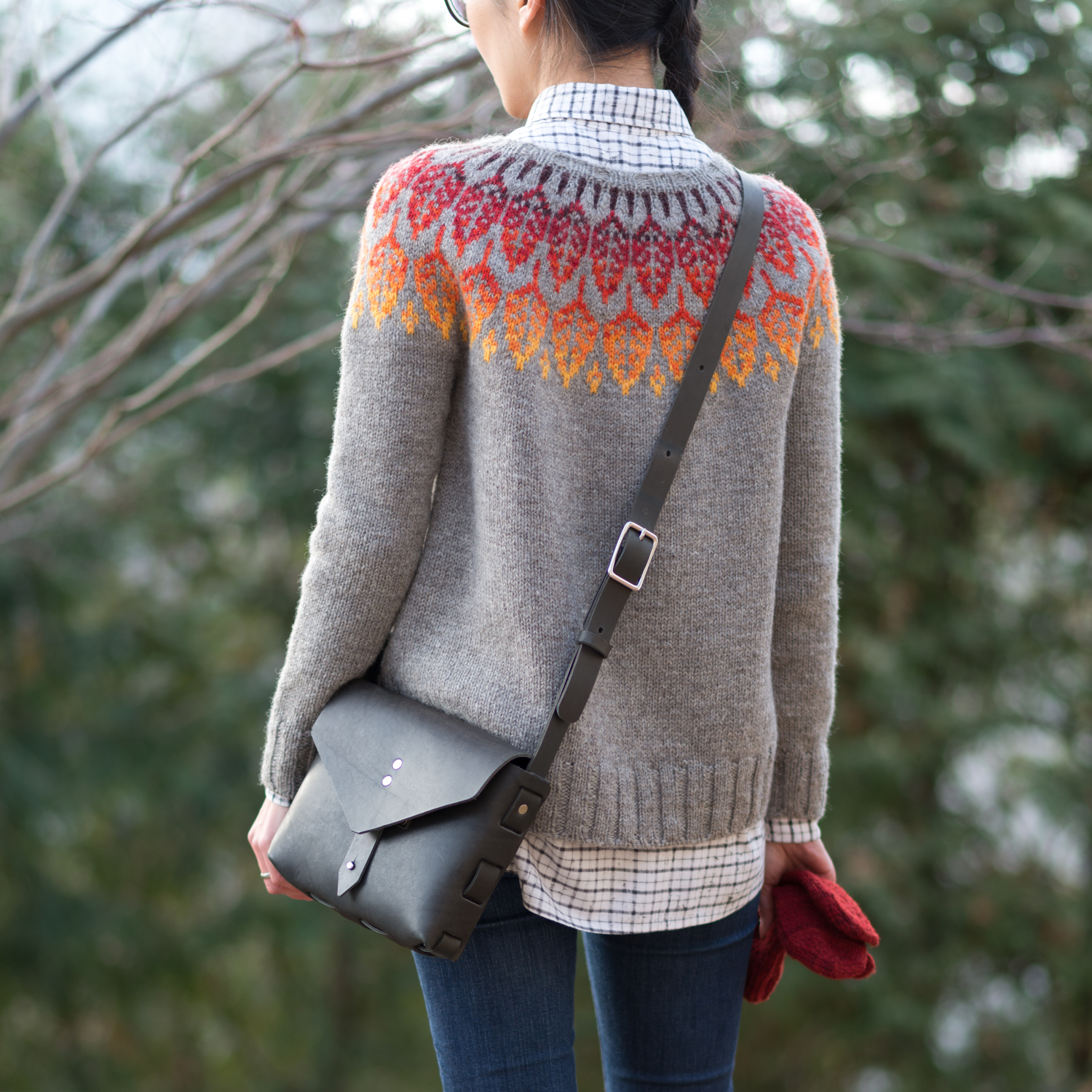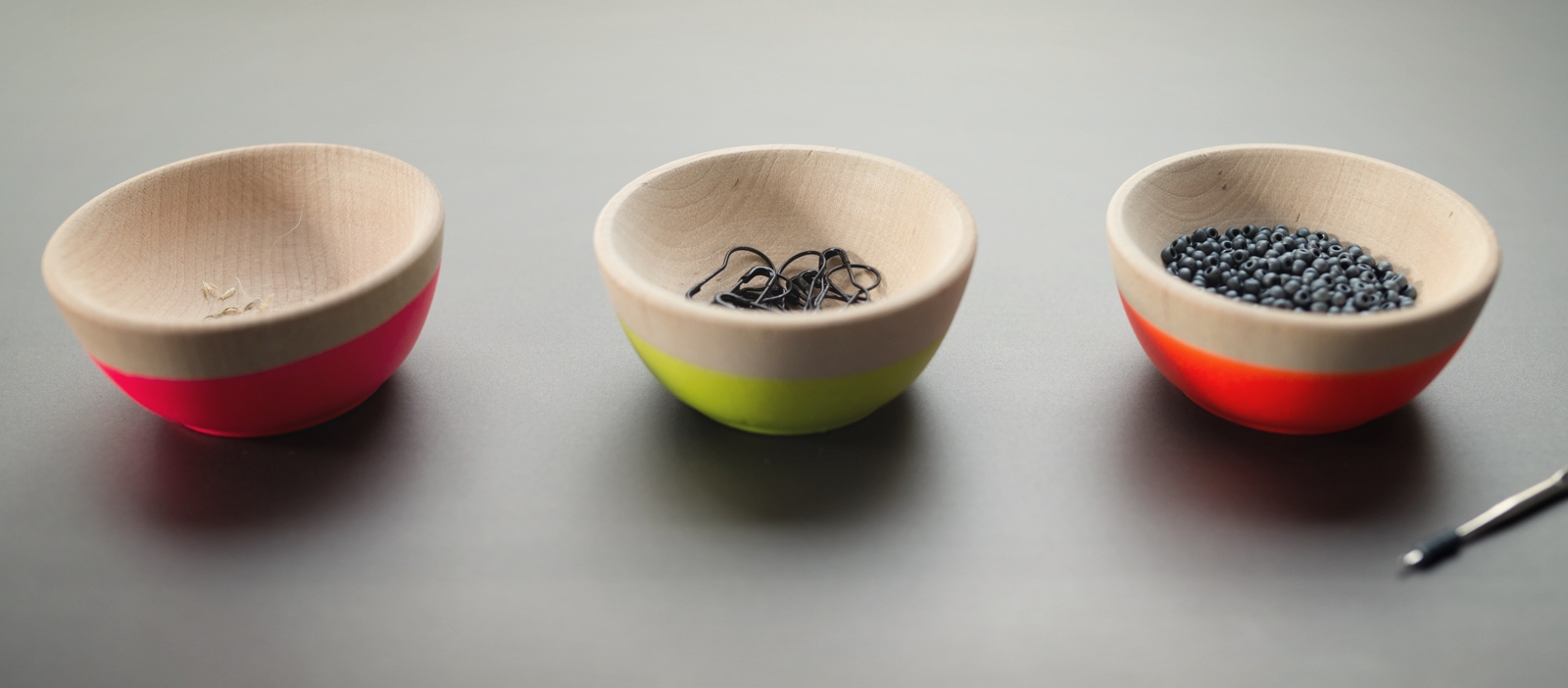It speaks to my current state of indecisiveness that only a few days in, I have already changed my 2019 making plans. I realised there was going to be a problem since the first project I started this new year was not on my list of twenty-four potential projects. Oops.
I decided to give myself four more “Free Space” tiles so that I could count some of the non-selfish making I might do and because I will probably keep thinking of other things I want to make over the year. My card now looks like this:
Anyhow. As I was rethinking my Maker’s Bingo card arrangement, a few people expressed some interest in playing and it started me thinking about all the ways you can play Maker’s Bingo. I am not fond of rules when it comes to making future plans, mainly because I can’t stick to them. So, no rules are involved except the ones you make for yourself and in the spirit of making this a super-flexible and light-handed way to motivate yourself to get some stuff made this year, I offer a few thoughts on ways you can use these bingo cards:
Play with friends—first person to get BINGO perhaps wins dinner on the other players, or just good old bragging rights
Go au solitaire—personal challenges are sometimes the best kind. I’m sort of in between. I am playing alone for now, but I’m following the #2019makenine tag on Instagram for something like company, but company you aren’t obligated to make conversation with. (As predicted, my #2019makersbingo tag is currently all by its lonesome.) You can add a little motivation for yourself in the form of rewards. I would suggest yarn, but if you are like me and on a stash diet, maybe something less dangerous might be in order. For myself, I imagine there will be chocolate involved (which is also dangerous, but delicious.)
Make new bingo cards as the year progresses or when you get BINGO. You can remove completed projects or start from scratch each time
Put five free spaces in a line. I put all my free spaces on different lines because I didn’t want to make it too easy for myself, but if a row of free spaces is going to work better for you, go for it!
Increase your odds of getting bingo and make multiple cards to play all at once by giving each card its own category. For instance, one card can just name yarns/fabrics/materials and another card can just be actual patterns or types of patterns. Other cards could list things like techniques, favourite pattern designers…you name it
If playing with friends, try “inverted bingo”. The winner is the person who fills in the most squares without getting bingo
Combine this with your Make Nine Challenge or any other make-a-long you signed up for. This works if some or all of your projects are not completely set in stone. You may not have chosen the yarn, fabric, or pattern so you can list the possibilities on the bingo card. Again, you can play with or without friends although beating your friends might be good motivation too, if you’re the competitive type
On a related note, I have made a small change to the website since I have actually started to see something I will call “traffic” but with the understanding that 300% of next to nothing does not really amount to much. I made a new tab (upper right corner) called Printables where I’ll be putting direct links to my knitterly printable graphics from now on. This is where you’ll find blank Maker’s Bingo cards (a version with one free space, another with five! free spaces). I have a PDF version and a JPEG version of each, depending on whether you want to print the graphic (letter-size paper) or you want a digital image to use on an online platform.
This might be the year I finally put some real effort into this website so a little organization might be in order!
E2a: I’ll be (trying to) update my progress with this Bingo card here
Let me know if you’re playing or if you have other ways to play Maker’s Bingo!
E2a1, April 15, 2020: Well, 2019 is a distant memory now. Heck, last month is a distant memory now. Since I’ve noticed people are still looking at this page, I thought I’d add a generic blank Makers Bingo Card to my printables page that isn’t dated because space and time have gone topsy-turvy and I don’t know when I’ll be back.














